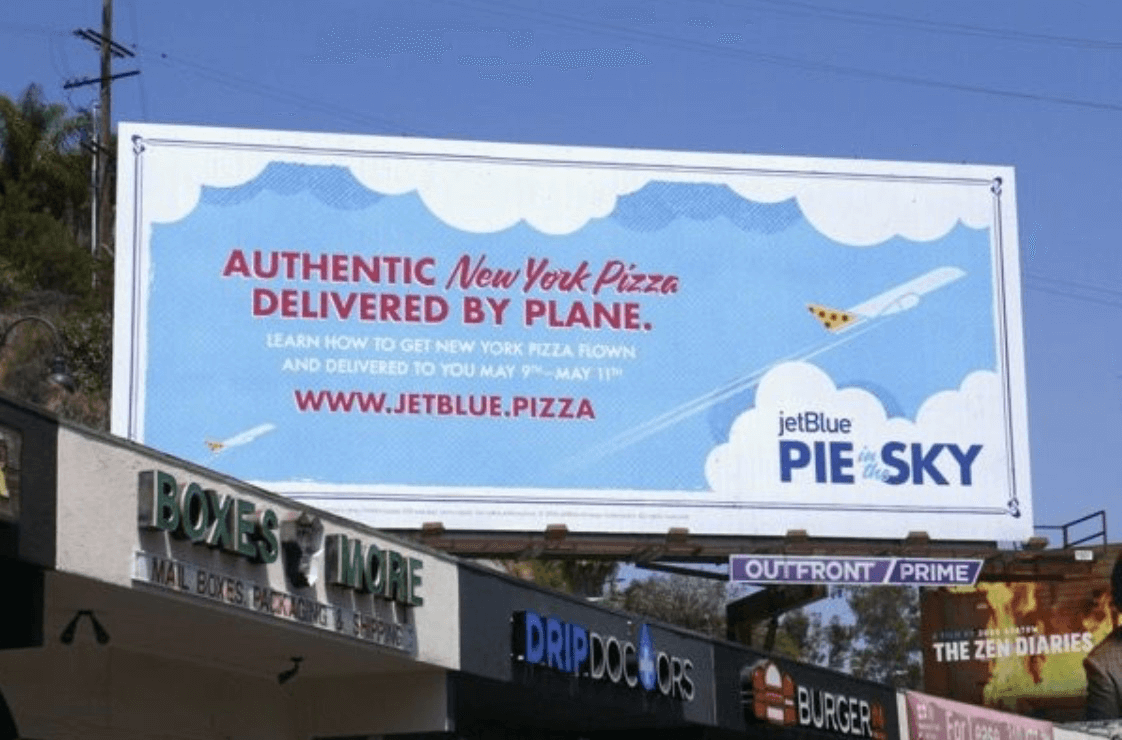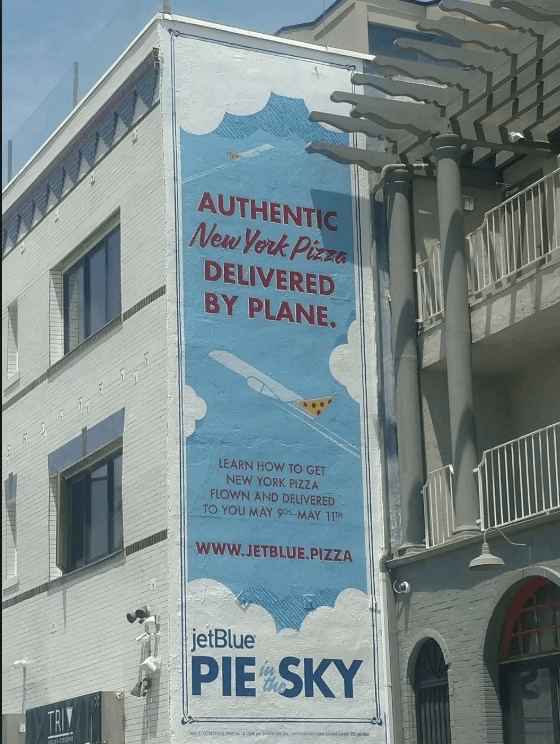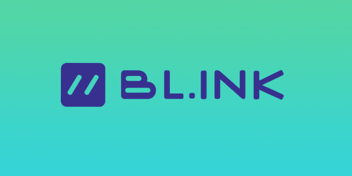
Listen to this blog
How to Measure Print Marketing Performance
In a marketer’s world of click-throughs, open rates, conversion rates, and attribution, we have ever-evolving, sophisticated ways to measure marketing performance.
But what about offline marketing? How do you know how many people booked an appointment or visited your site after seeing your print ad, flyer, business card, or billboard? What about people who heard your ad on the radio?
Offline marketing requires a time and financial investment—yet tracking specific marketing ROI remains elusive to marketers. For print pieces, the easiest way to measure marketing ROI is to use QR codes that link to a short URL that can be updated anytime, and QR codes have exploded in use in the past few years. However, catchy short URLs can work well for ads and billboards.
Which links work best for print?
Many of our BL.INK customers love using branded short links in their offline marketing. Not only are the URLs short enough to fit on a billboard or in a small ad, but they’re also made of real words that are memorable—AND on brand.
For example, JetBlue used this JetBlue.Pizza as a quick-to-read and easy-to-remember short link to advertise their New York pizza delivery:


Someone cycling, walking, or driving by this ad can read the URL in a fraction of a second and easily remember it when they’ve arrived at their destination.
Print a URL now, redirect it later
When you put a link on a website, it’s easy to remove that link once the campaign is over, the event is done, or the product has sold out.
However, you can’t just “take it down” once something is in print. Your link could be printed on a brochure that’s been living in someone’s desk drawer for months or a business card in their wallet. Maybe it’s just imprinted in their memory, as something to check out later. In any case, you don’t have control over how long a campaign link is “live.”
Printing costs are another consideration. We recently spotted a short link printed on a stack of business cards that ended in “/apply-2023.” That’s great, but the stack of cards was still pretty big, and it’s not going to be 2023 forever. Chances are, the old cards will get thrown away, and another expensive print run with a new URL will be required for 2024 and beyond. This is another case where a printed QR code is a great solution; however, keep in mind that not everyone has access to a smartphone.
With BL.INK branded short links, you can assign a URL and then change to where it redirects any time you want. The organization mentioned above could create a simple “/apply” URL and redirect it to the latest form in January.
Branded short links are also great for campaigns or other time-bound marketing efforts. For example, you could create a link to a fundraising event, and then once the event is over, redirect that link to a page thanking donors and talking about the impact they made. The link stays the same on brochures, flyers, and ads, but the user experience changes when they visit the page after the event. And because you're using the same short URL, you'll always retain data to measure marketing ROI across all marketing channels.
Track online and offline marketing, all in one place
If you’re running a print campaign or a campaign that’s a mix of online and offline, using a short link for everything gives you an easy way to tie all your metrics together. Instead of tracking different types of links in different analytics systems, you can have everything on one platform tagged for easy sorting, so you can quickly see the impact of individual marketing materials within the context of your overall marketing efforts, all in one place.



